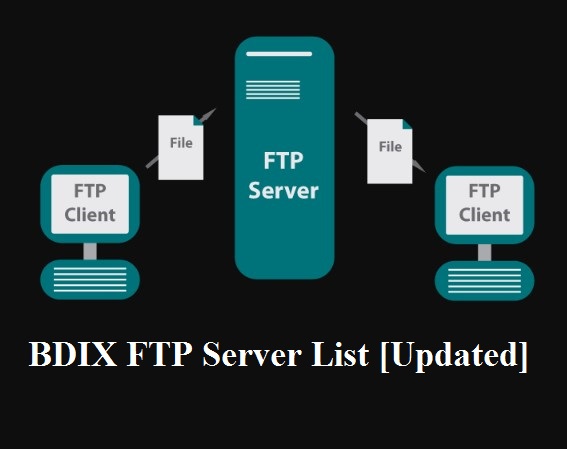Funnel charts are a powerful tool analysts and market strategists use to visualize and make informed business decisions. But what exactly is a funnel chart, and when is it appropriate to use one? This will be the focus of this insightful article. Keep reading to learn how to use a funnel chart.
Quick Link:
Understanding Funnel Charts: A Basic Overview

Alt text: A black background with an illuminated 3D funnel chart in purple and blue with small funnels beside it.
At its core, a funnel chart is a type of diagram that showcases a process where data items are progressively reduced at each phase. This makes it comparably easier to present steep declines and anticipate potential issues.
Usually, the chart starts with a broad base representing a large number of potential prospects and narrows down towards the top, showing the stages of a sales or operational process till it reaches the final goal.
It’s a preferred leeway for representing stages in a sales process and showing the amount of potential revenue for each stage. Furthermore, it can provide an overview of bottlenecks in the process flow.
Funnel charts are not only used in sales and marketing. They also find applications in website analytics, where these charts can help visualize a user’s journey through a website, starting from visits to actions taken, such as subscriptions or purchases.
Identifying Scenarios Suitable for Funnel Chart Usage
Though funnel charts can be versatile, they are especially effective in scenarios where the data represents progressively decreasing stages. This primarily includes sales processes, web conversions, churn analysis, etc.
For example, in a typical sales scenario, we start with a large pool of potential customers, which reduces as prospects are qualified, further reducing as proposals are made, eventually leading to won deals.
In website analytics, funnel charts can be used to visualize users’ flow through the website, starting with a visit, moving through different pages, and finally leading to actions such as purchases, subscriptions, or sign-ups.
Funnel charts can also be used in customer service scenarios to represent cases solved over time, offering businesses powerful insight into potential issues or bottlenecks where their service may fail.
Detailed Guide To Creating Your Own Funnel Chart
Creating a funnel chart begins with defining the stages or steps of your process and identifying how many items, users, prospects, or customers fall into each category.
These stages are then plotted on the funnel chart, with the largest category at the bottom and the smallest category at the top. Therefore, each layer of the chart represents a stage in the process.
By visualizing this data in a funnel chart, patterns and trends can be more easily discerned, making it possible for business decision-makers to spot problem areas and implement targeted solutions.
Enhancing Data Interpretation With Funnel Charts
One of the core benefits of funnel charts is their ability to provide enhanced visibility into a process, interpreting data more straightforwardly.
These charts’ visual and graphical nature makes them easy to understand, even for the non-technical audience. This accessibility of data aids in better decision-making and improved transparency within an organization.
Moreover, the use of funnel charts can aid in identifying areas of potential improvement, providing an opportunity to streamline processes and increase efficiency.
Highlighting these areas can empower businesses to address them proactively, thereby reducing losses and maximizing opportunities for growth and success.
Maximize Sales and Marketing Activities With Funnel Charts

Alt text: A team looking at a presentation on how to use a funnel chart.
Funnel charts are instrumental for sales and marketing teams as they clearly visualize the sales pipeline and customer journey.
They allow these teams to query where losses are occurring in the sales process, and the visual nature of the chart enables users to quickly discern bottlenecks, thus empowering them to target these areas for improvement.
This can lead to enhanced efficiency, and by addressing these issues proactively, teams can reduce losses and maximize opportunities, ultimately leading to increased revenues.
Understanding and leveraging funnel charts is crucial for maximizing effectiveness in several business operations. Businesses can address specific problem areas, streamline processes, maximize opportunities, and ultimately increase business growth and success.










